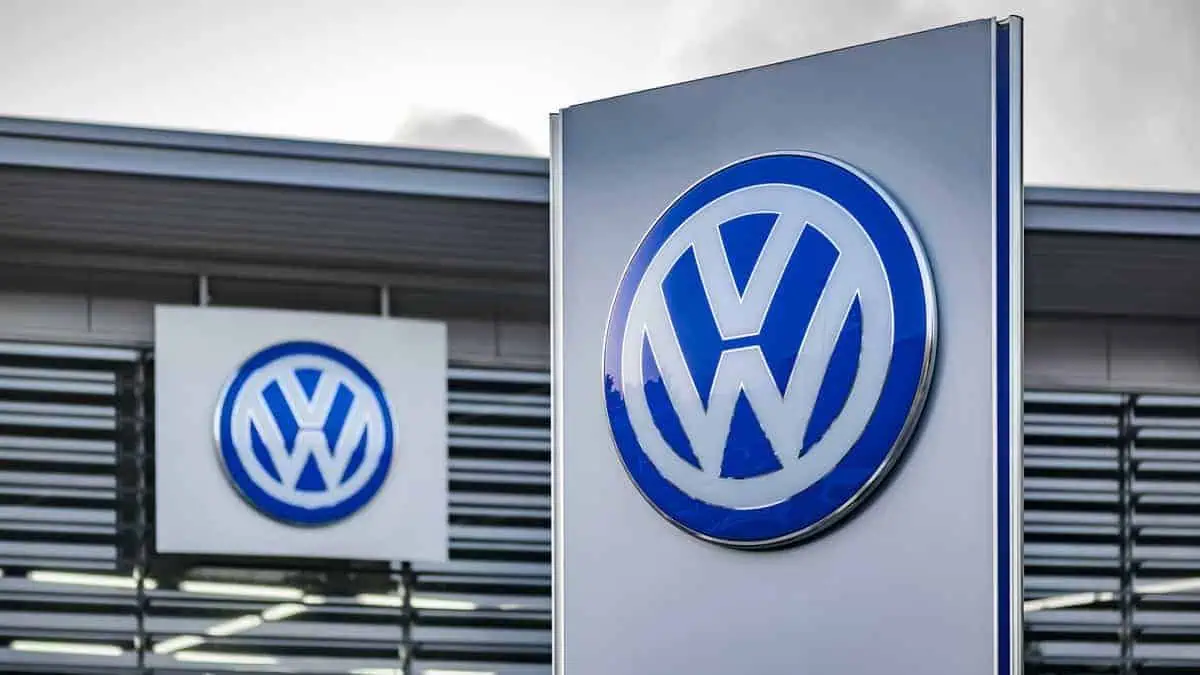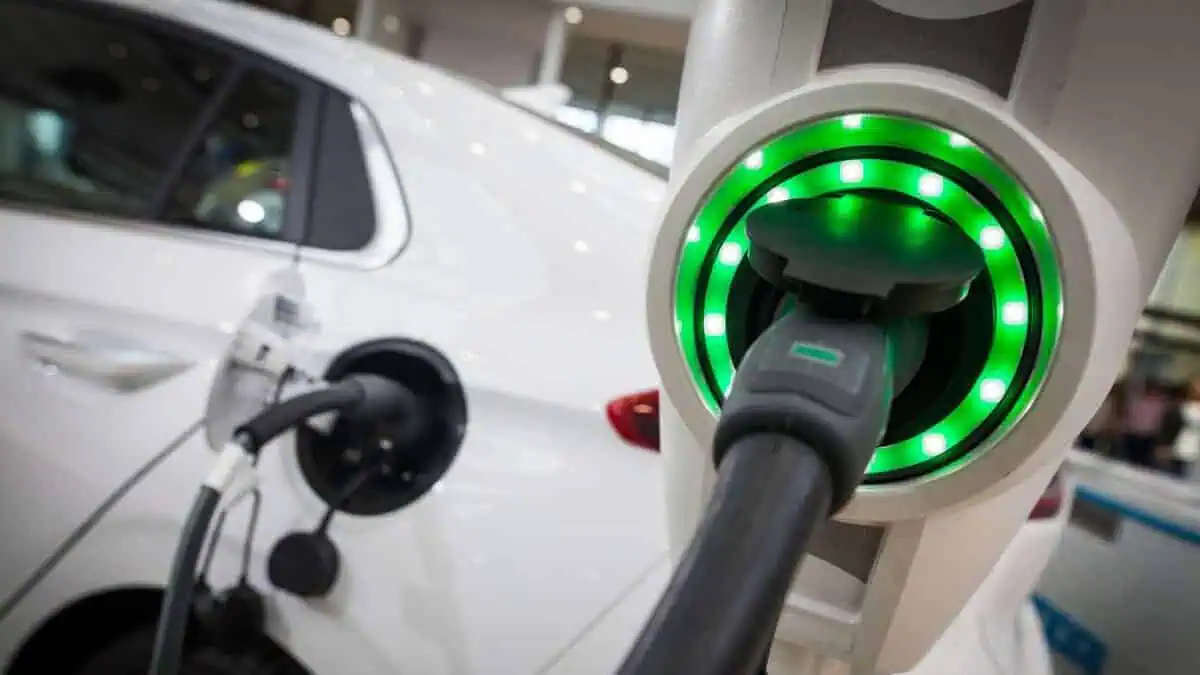Volkswagen announced plans on February 23 to expand its sustainability efforts across its electric vehicle lineup, particularly the material selection for the interior. The German automaker specifically intends to equip the ID.3, ID.4, ID.5, and ID.7 with recycled materials already mass-produced in the ID.Buzz.
“Through the widespread use of recycled materials and the animal-leather-free interior in our ID. models, we are further improving the eco-balance of our vehicles – with high demands on haptical and long-term quality. The feedback from our customers confirms that we will continue to expand these sustainable approaches in the future.”
Silke Bagschik, Volkswagen’s Head of Product Line E-Mobility
Recycled materials retrofitted in the ID.Buzz
Volkwagen designed the ID. Buzz’s interior with numerous recycled components, including ocean plastics and 63 500 ml PET bottles, as specified by the company.
Interestingly, seaqual serves as the seat cover’s outermost layer of the ID.Buzz. For those who are unaware, the material mentioned is composed of 10% collected marine residue and 90% recycled PES yarn, a robust polyester-based synthetic yarn.
According to VW, Seaqual yarn reduces emissions by 32% compared to traditional surface materials.
Meanwhile, the seat covering of the ID.Buzz is crafted from ArtVelours Eco. It is composed of a mixture of natural and recycled materials, such as recycled polyester, natural latex, and jute. 71% of the materials were obtained through recycling.
Furthermore, the ID.Buzz uses 100% recycled polyester for its headliner and floor cover. Recycled plastics are also incorporated in the carpet’s insulating material, wheel housing liners, underbody cladding, and other components.
The ID.Buzz no longer has chrome on its doors, instrument panel, or steering wheel clip because it employs hazardous chemicals that may affect the environment. VW substituted it with liquid paint, a chrome-like finish, and bio-based adhesive.
Excitingly, some of these recycled materials will now be incorporated into the ID.3, ID.4, ID.5, and ID.7 EVs. Unfortunately, the company has yet to disclose which of these “recycling innovations” will actually be equipped to the lineup and which markets will first receive it.
Nonetheless, this move is indeed a critical part of VW’s broader strategy toward its target of reducing carbon emissions per vehicle by 40% in 2030. It also aims to achieve a climate-neutrality balance by 2050.






